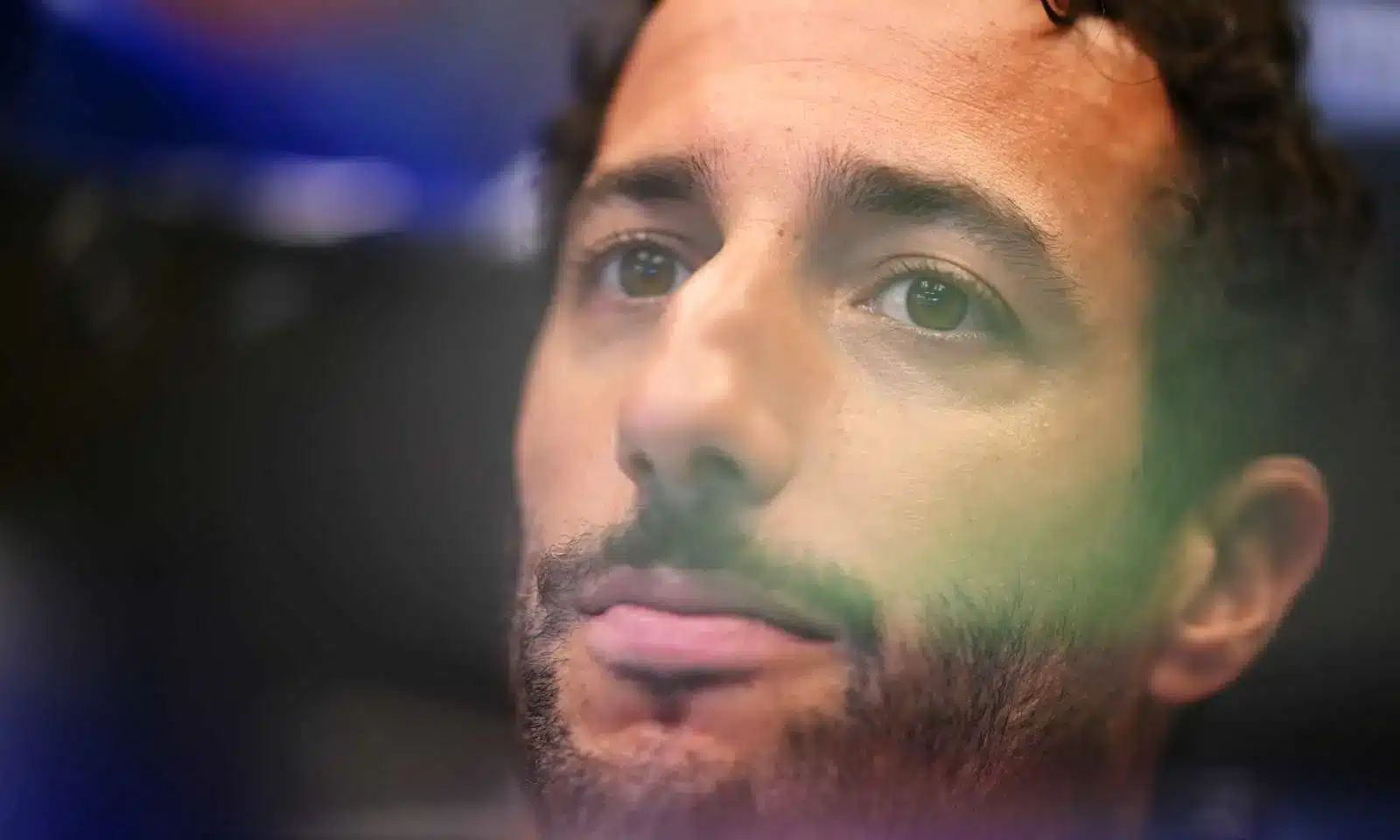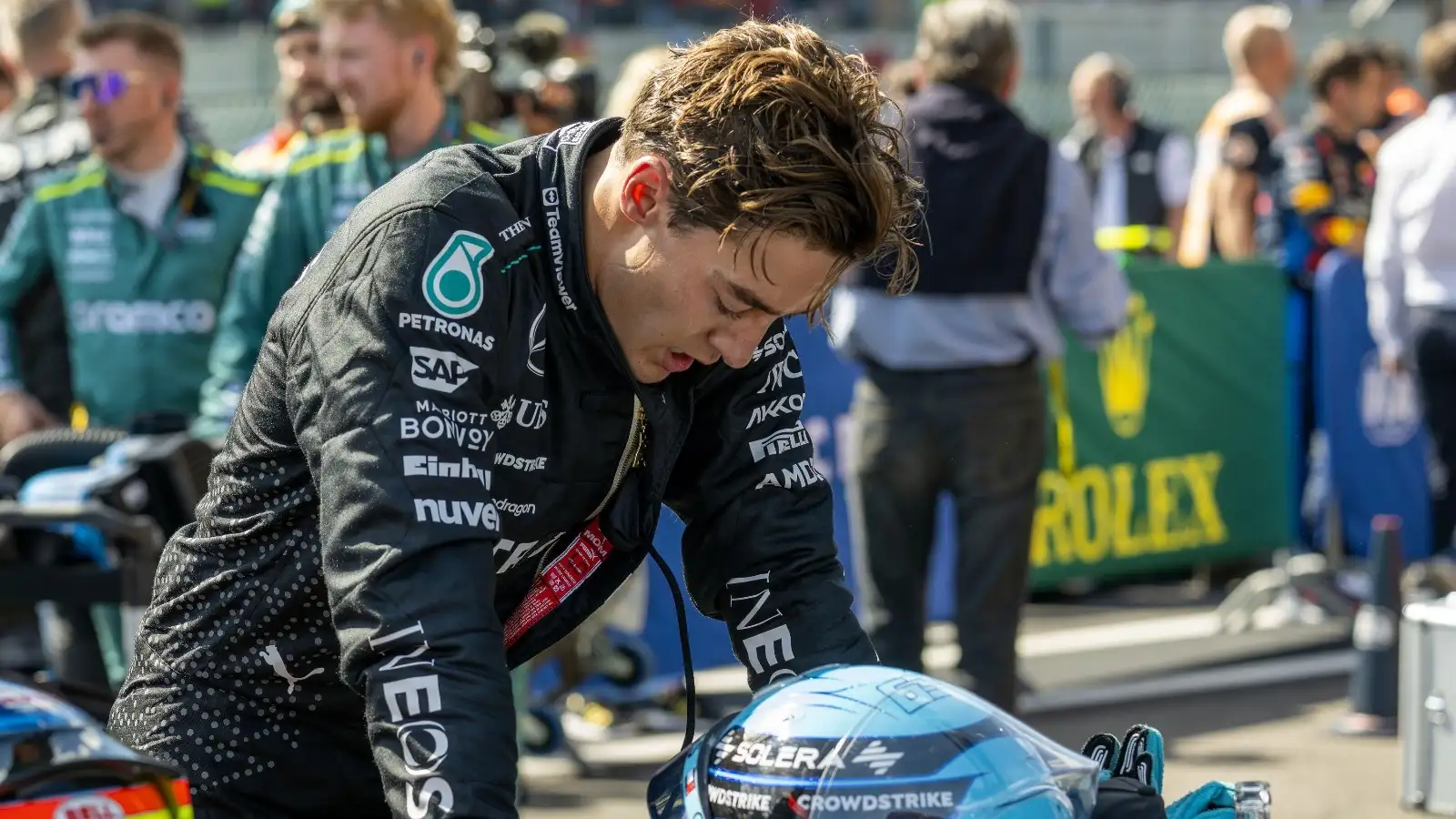Lando Norris had a tough time during the 2025 Chinese Grand Prix due to McLaren’s car limitations.
- Norris faced issues with tire graining and underperformed, unlike his teammate Oscar Piastri.
- The unique demands of the Shanghai circuit proved challenging for McLaren’s setup.
- Andrea Stella acknowledged the car’s limitations and how they affected Norris specifically.
- Norris’s driving style had to adapt, but struggles remained evident in his performance.
Lando Norris experienced a difficult race day at the 2025 Chinese Grand Prix. The McLaren MCL39, although quick, posed significant challenges due to its quirks, which hampered Norris more than his teammate Oscar Piastri. The car’s limitations, noted by team principal Andrea Stella, were particularly penalizing for Norris’s aggressive driving style.
Norris struggled with tire graining during the sprint race, finishing in eighth place after losing three positions on the opening lap. The Shanghai circuit’s layout, with its demanding corners, magnified issues for the front tires, causing difficulties in Norris’s performance. In contrast, Piastri’s strategic driving allowed him to secure a second-place finish in the sprint, followed by pole position for the main race.
The circuit’s configuration, which puts extra pressure on the front wheels, was a significant factor. Norris found it challenging to carry speed through the initial turns and often experienced lock-ups at the hairpin. Despite setting respectable times in the qualifying sessions, finding those last few tenths of a second remained elusive for Norris, unlike his teammate who adapted better to the conditions.
Stella mentioned that the car’s fundamental characteristics couldn’t be easily changed and required adaptation from the drivers. While Piastri managed to navigate these issues, Norris’s attempts to push beyond 99% of his potential resulted in mistakes and a less effective performance. Stella also highlighted the impact of ‘dirty air’ on Norris’s race, which worsened his tire graining issue and further complicated his race strategy.
Overall, the McLaren team recognized that while their car showed promise, its nuanced handling presented particular challenges that seemed to affect Norris more heavily. Efforts to bridge this gap continue, but for now, Norris’s approach must adapt to these enduring quirks.
In the evolving dynamics of Formula 1, Norris’s adaptability will be key to conquering McLaren’s persistent challenges.










